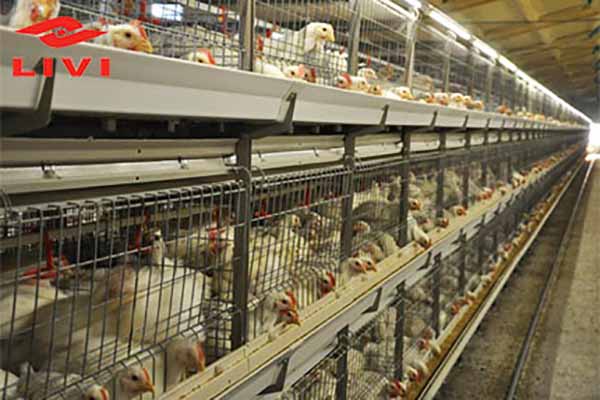Ensuring Compliance of Automated Equipment for Kenyan Chicken Farms
Time : 2025-04-24
In the bustling world of Kenyan chicken farming, staying ahead of the curve means embracing technology. Automated equipment has become a game-changer, streamlining operations and boosting productivity. However, with great power comes great responsibility – ensuring compliance with the necessary regulations is crucial. Let’s dive into the nitty-gritty of compliance for automated equipment in Kenyan chicken farms.
Understanding Compliance
First things first, what does compliance mean in this context? Compliance refers to adhering to the laws, regulations, and standards set by the Kenyan government and industry bodies. For automated equipment in chicken farms, this includes safety standards, environmental regulations, and operational guidelines.
Safety First
Safety is paramount when dealing with automated machinery. Here are some key safety compliance aspects to consider:
1. Machine Guarding: Ensuring that all moving parts are properly guarded to prevent accidents.
2. Emergency Stop: Every machine should have an easily accessible emergency stop button.
3. Regular Maintenance: Scheduled maintenance to keep the equipment in good working condition.
4. Operator Training: Ensuring that all staff are adequately trained to operate the equipment safely.
Environmental Regulations
Automated chicken farm equipment can have a significant environmental impact. Here’s how to ensure compliance:
1. Energy Efficiency: Opt for energy-efficient equipment to reduce the carbon footprint.
2. Waste Management: Implementing proper waste management systems to dispose of bio-waste responsibly.
3. Water Usage: Monitoring and minimizing water usage through automated systems.
Operational Guidelines
To run a smooth operation, compliance with operational guidelines is essential:
1. Food Safety: Ensuring that the equipment doesn’t contaminate the chicken feed or the environment.
2. Sanitation: Regular cleaning and sanitizing of the equipment to maintain a hygienic environment.
3. Documentation: Keeping detailed records of equipment usage, maintenance, and compliance checks.
Implementing Compliance
Now that we understand the what, let’s talk about how to implement compliance:
1. Assessment: Conduct a thorough assessment of your current equipment and operational processes to identify compliance gaps.
2. Training: Train your staff on the importance of compliance and how to operate the equipment safely and efficiently.
3. Regular Audits: Schedule regular audits to ensure ongoing compliance.
4. Stay Updated: Keep abreast of any changes in regulations or standards that might affect your operations.
Case Studies: Success Stories
Let’s look at a couple of success stories where compliance with automated equipment has paid off:
– Case Study 1: A Kenyan chicken farm invested in automated feeding systems. The result? Reduced labor costs, improved feed efficiency, and better overall chicken health.
– Case Study 2: Another farm implemented automated water management systems. This not only saved water but also improved the birds’ drinking conditions, leading to better productivity.
Challenges and Solutions
While compliance is a breeze for some, others might face challenges. Let’s address a few common ones:
1. Cost: The initial investment in compliant equipment can be high. Solution: Look for grants, subsidies, or financing options.
2. Training: Some staff might resist change. Solution: Engage with them, explain the benefits, and provide comprehensive training.
3. Regulatory Hurdles: Staying compliant with changing regulations can be daunting. Solution: Consult with compliance experts and keep up with industry news.
Conclusion
Ensuring compliance of automated equipment in Kenyan chicken farms is not just about meeting legal requirements; it’s about creating a sustainable, safe, and efficient operation. By understanding the importance of compliance, implementing it effectively, and staying proactive, you’ll be well on your way to a thriving chicken farm.
Tags
, , , , , , , 











